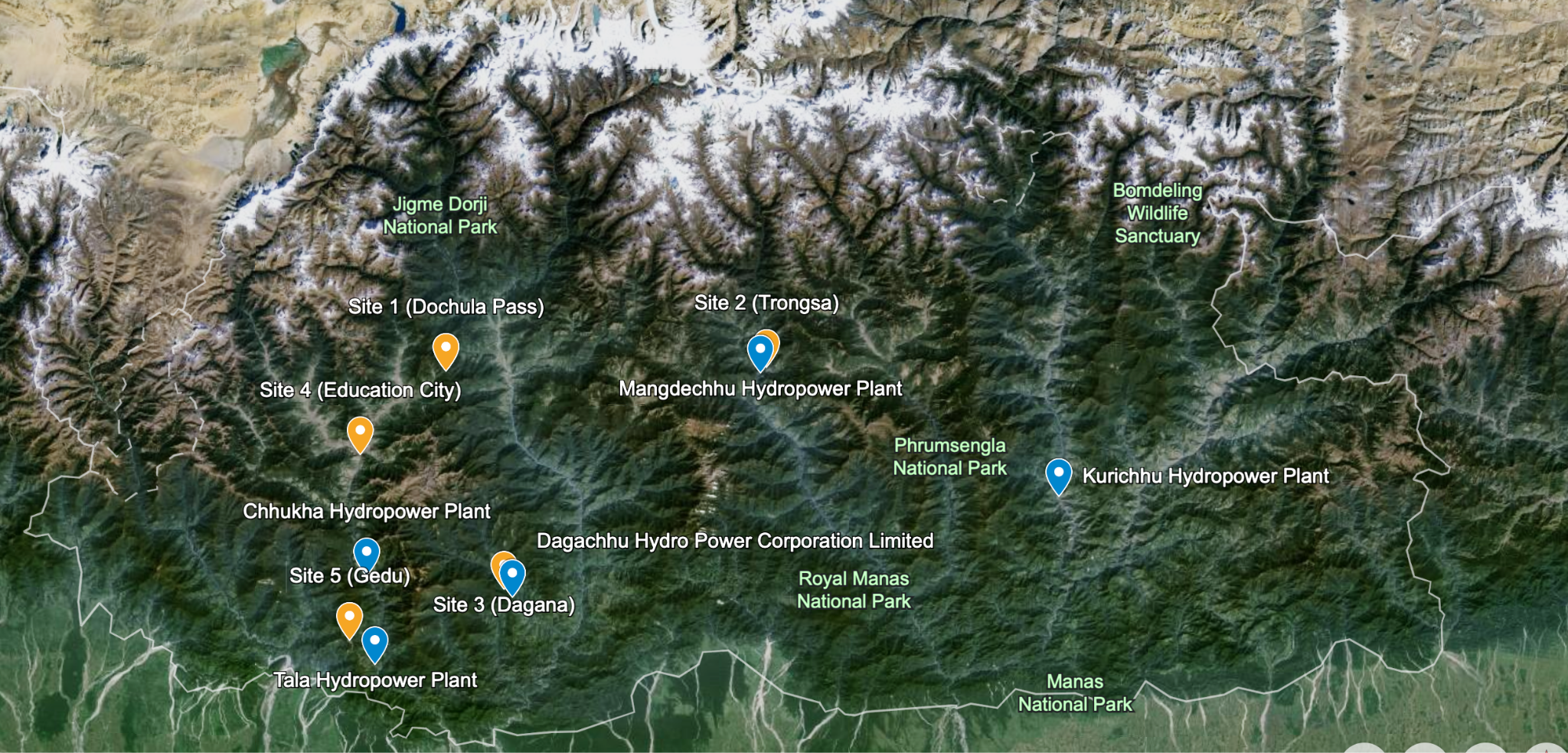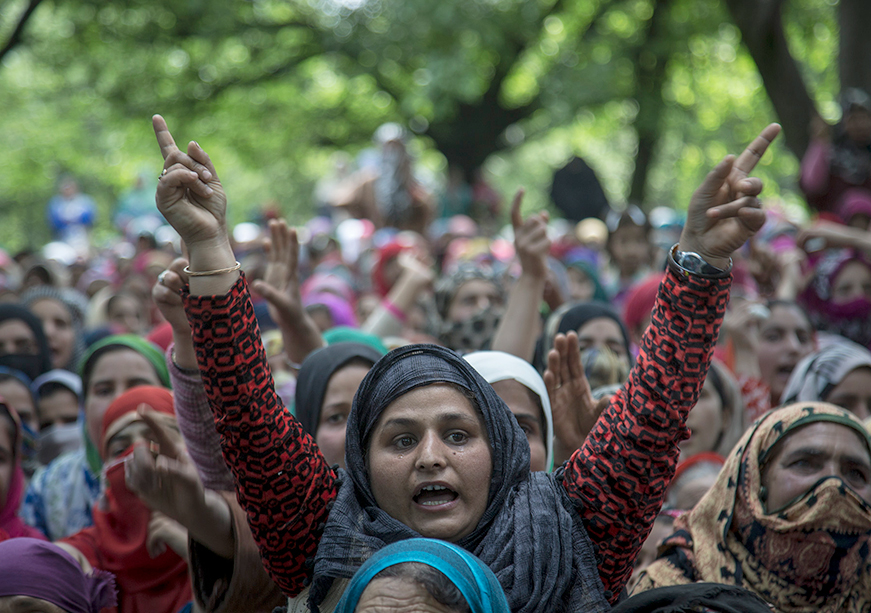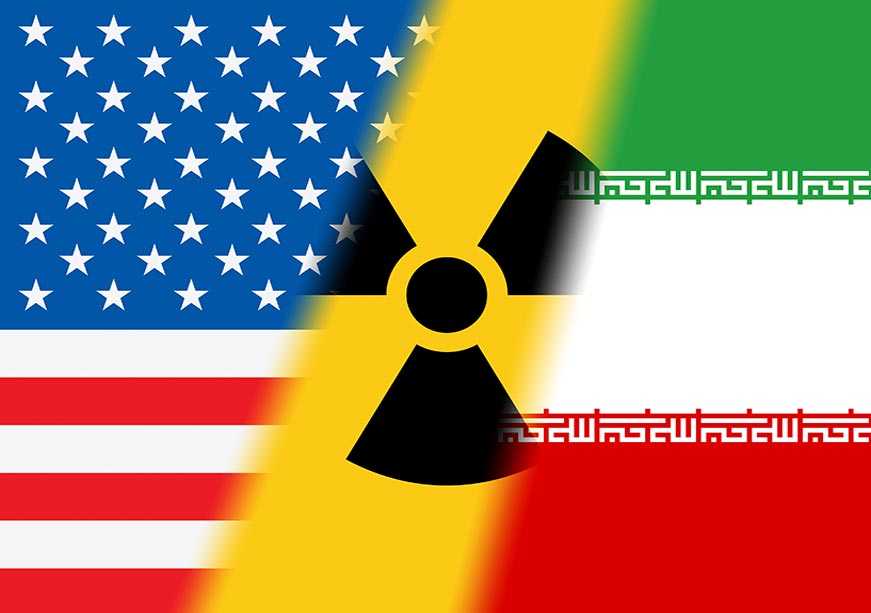
Earlier this month, media reports indicated that Bhutan had invested nearly US$ 500 million in crypto-mining facilities from July 2021 to June 2023, demonstrating the country’s increasing interest in the crypto-mining sector. Bhutan, a lower middle-income country in the Himalayas, has little economic diversification and nascent private sector development. With significant reliance on the hydropower, tourism, and agriculture sectors, diversifying revenue streams and developing a stable revenue base have often been debates of national importance. To expand its economy, the government is investing in the crypto-mining sector. This article summarises the growth of the crypto mining sector in the country and how such growth impacts its economy and foreign policy.
Bhutan’s crypto mining sector
With large renewable hydropower reserves and a suitable climate to cool down the mining infrastructure, Bhutan has emerged as an appropriate location for crypto mining. Although the details of the mining operations are out of public knowledge, reports suggest the existence of a state-owned Bitcoin mine since 2017. This push comes for two reasons: Economic diversification and the use of crypto-mining technology to accelerate digital transformation in the country.
The framework provides conditions and specifications for crypto mining, including KYC, consumer protection, customer identification, and different forms of approval from the RMA.
Bhutan’s aspirations with crypto mining became apparent when the Royal Monetary Authority (RMA) of Bhutan introduced the Regulatory Sandbox Framework for Mining Cryptocurrency in January 2019. One of the main objectives for introducing this policy was to assess the viability of crypto mining as an investment in light of the country’s low-cost electricity and climate. The framework provides conditions and specifications for crypto mining, including KYC, consumer protection, customer identification, and different forms of approval from the RMA. At the time of writing this article, Bhutan had five crypto-mining facilities (see Map 1). The construction of the sixth facility—the Jigmeling data centre—began during the first quarter of 2024.
China’s complicity
Bhutan’s growth in crypto-mining can be divided into two phases—in the first phase, which likely began in 2020 and was financed by loans and bonds, Bhutan invested around US$ 540 million (21 percent of 2021’s GDP) in mining. During this time, the RMA subscribed to three-year foreign exchange bonds issued by Druk Holding and Investments (DHI)—the commercial arm of the Royal Government of Bhutan. These loans were to import infrastructure and equipment for crypto-mining, a significant amount of which were from China. In 2021 and 2023, the imports were worth INR 4 billion; and, in 2022, they were worth INR 12 billion . The latter accounted for 15 percent of the government budget. At the same time, Bhutan’s imports from China increased from INR 2 to 15 billion between 2020 to 2022.
Bhutan is less involved in importing equipment in this phase and aims to generate revenues by selling power, leasing the land, offering infrastructure and a legal framework, and getting a share of profits.
The second phase, which began in late 2023, is dominated by private investments and technology. In this phase, Bhutan’s DHI has teamed up with Singaporean firm Bitdeer, owned by Wu Jihan, a Chinese national. The aim is to jointly develop green digital asset mining operations in Bhutan. They are keen to expand a 600 MW mining farm in Bhutan by 2026, for which Bitdeer is raising US$ 500 million in funds. The first 100 MW facility began in September and will host around 30,000 mining machines, imported directly by Bitdeer. Bhutan is less involved in importing equipment in this phase and aims to generate revenues by selling power, leasing the land, offering infrastructure and a legal framework, and getting a share of profits. In the first quarter of 2024, only INR 48 million worth of IT equipment has been imported by Bhutan.
India and hydropower politics
With the boom in energy-intensive industries, including crypto-mining, there has been a massive increase in domestic demand for electricity. Between 2014 and 2020, domestic energy consumption in the country fluctuated between 1,400 to 1,800 GWh. However, by 2022, the total energy consumed in the country significantly increased to 2,860 GWh. Much of this energy is consumed from India-assisted mega-hydropower projects. Map 1 uses publicly available data (here and here) on the locations of the Bitcoin mining centres and India-assisted hydropower projects to demonstrate that these centres (except for Site 1) are near the latter and are likely consuming energy from them.
Map 1. Mining sites and Indian hydropower projects in Bhutan

Note: Markers in Blue: India assisted hydropower projects. Markers in Yellow: Bitcoin mines
Source: Authors’ compilation
This increase in domestic energy consumption has decreased Bhutan’s hydropower exports to India. India is Bhutan’s crucial development partner and develops mega-hydropower projects in the latter through loans and grants. Following the project's commissioning, India imports hydropower at a tariff rate, generating revenues for Bhutan and boosting its exports. In the past, surplus energy comprised a majority of these exports, which has now declined with increasing domestic demand. Table 1 below shows that the export of hydropower and total export revenues have decreased significantly since 2020—when Bitcoin mining started in the country.
Table 1. Bhutan’s hydropower exports to India
| Project |
2017 in MU |
2018 in MU |
2019 in MU |
2020 in MU |
2021 in MU |
2022 in MU |
2023 in MU |
Tariff per Unit |
| Chhukha |
1,388 |
1,484 |
1,673 |
2,040 |
1,835 |
1,625 |
967 |
2.55 |
| Kurichhu |
80 |
91 |
94 |
94 |
47 |
20 |
26 |
2.23 |
| Tala |
2,999 |
2,598 |
2,688 |
3,389 |
2,762 |
2,385 |
1,225 |
2.23 |
| Dagachhu |
455 |
362 |
393 |
513 |
486 |
468 |
378 |
3.4 |
| Mangdechhu |
- |
- |
1,298 |
3,171 |
2,945 |
2,773 |
2,436 |
4.12 |
| Total exports |
5,372 |
4,535 |
6,146 |
9,206 |
8,076 |
7,270 |
5,073 |
- |
| Total export value (million) |
11, 983 |
10,578 |
16, 237 |
27, 523 |
24, 435 |
22,475 |
16, 675 |
- |
Source: Ministry of Finance
Note: Mangdechhu began its functions only in 2019
Bhutan has also found it economically lucrative to domestically consume energy from hydropower projects with low tariffs and export energy from projects with high tariffs (see Table 1). Therefore, the hydropower generated by Tala, Chukha, and Kurichu projects is 53 percent being consumed internally and exported for the remaining 47 percent. On the other hand, the Mangdechhu project is seeing 77 percent of exports and 23 percent of internal consumption.
Alongside the reduction in exports, there is an increase in electricity imports from India—contributing to more trade deficit. Traditionally, Bhutan imported power from India for a mere three months when its hydropower capacity was weak during the winter. But this demand is witnessing an increase in recent years. In 2024, this demand will increase to four months, further impacting its trade balance. The World Bank estimates that the trade deficit between both countries has increased by 60 percent in 2022-2023. In 2020, when the Mangdechhu project started working at its complete capacity, the balance of trade was INR 7 billion. But, by 2023, it had increased to INR 42 billion.
Bhutan imported power from India for a mere three months when its hydropower capacity was weak during the winter.
These reductions in hydropower exports and revenues impact Bhutan’s GDP and trade balance with India, posing a new challenge to the win-win aspect of hydropower cooperation between both countries.
Implications and the future of crypto mining
The growth of crypto mining in Bhutan has brought its fair share of benefits and issues. The first phase of the investments has enabled the government to cover INR 4 billion for a civil service hike in 2023. The mining centre of the second phase at Gedu has already increased profits, mining activities, and outputs.
However, a move towards crypto mining significantly impacts Bhutan’s existing relationships. The complete implementation of the second phase (600 MW) will use more energy than the rest of the nation combined. This will increase hydropower consumption, impacting its declining revenues and exports. Furthermore, raising funds for the second phase without much transparency could attract Chinese investors and Bitcoin miners—marking the first wave of Chinese (private) investments in the country.
Massive import of crypto mining equipment has also led to a significant decline in international reserves and a widening of the current account deficit (CAD) to 34.3 percent of GDP in FY 22/23. Further, owing to the unpredictability of the crypto mining sector, there is a possibility of lower-than-expected returns in the future. Concerns around inherent environmental risks and the proximity of crypto mining centres to critical infrastructure such as hydroelectric power plants persist. It is yet to be seen if Bhutan’s bet on crypto mining will benefit its economy and foreign policy in the long run.
Aditya Gowdara Shivamurthy is an Associate Fellow at the Observer Research Foundation
Basu Chandola an Associate Fellow at the Observer Research Foundation
The views expressed above belong to the author(s). ORF research and analyses now available on Telegram! Click here to access our curated content — blogs, longforms and interviews.





 PREV
PREV



